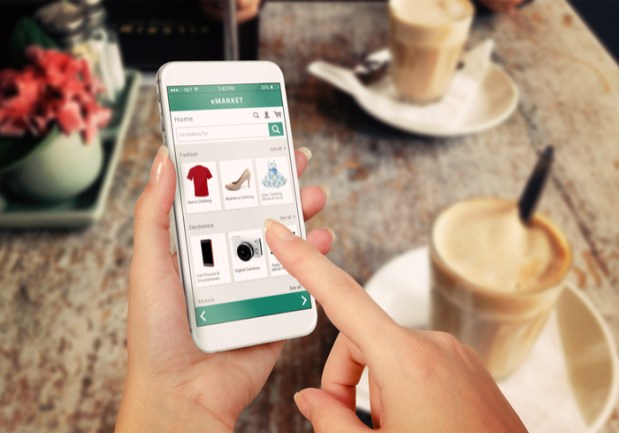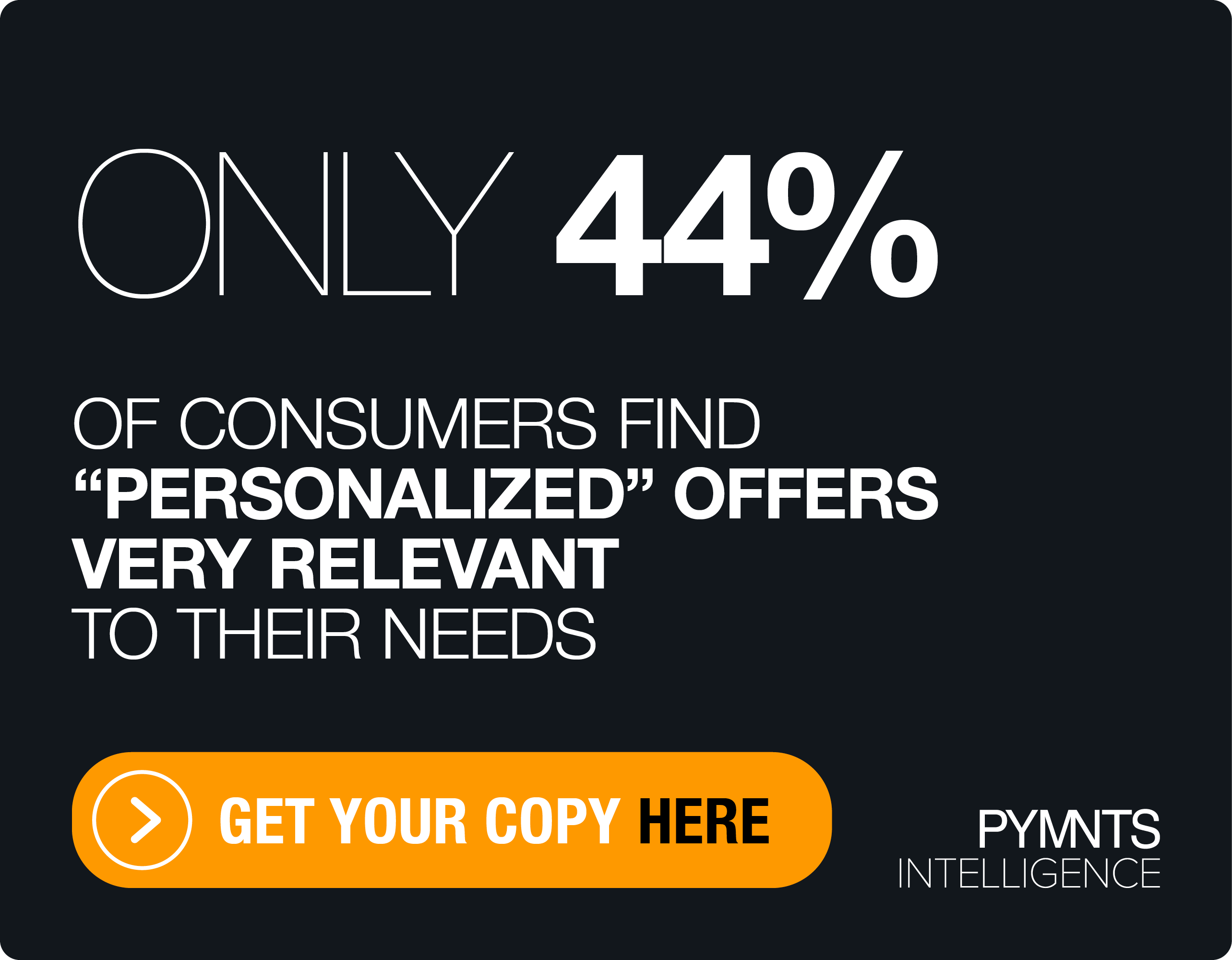Five Innovative Ways Consumers Shop In The Digital Age

In the connected age, consumers have more ways to interact with retailers than ever before. While brick-and-mortar stores are still popular with shoppers, they are also looking to new channels to buy clothes or their weekly groceries. Simply said, consumers are turning to their mobile devices to make purchases that they might have once made in a brick-and-mortar store.
To help consumers buy men’s apparel without sorting through the selection at a physical location, platforms such as Cayenne allow shoppers to tap into mobile shopping with a deal-of-the-day platform. Once consumers reach the app’s main screen, they can find photos of the product that is up for sale that day, along with options for colors and sizes, and make a purchase, if they so choose.
Connected devices are becoming ingrained in consumer shopping habits: More than 50 percent of shoppers made online purchases in seven of 13 product or service categories in the past seven days, according to the PYMNTS How We Will Pay Report, while 20 percent went online with mobile apps to buy food to eat at home. Find out how retailers are enabling purchases in stores as well as through apps, smart speakers and smart watches with new and innovative payment methods:
A little more than eight in 10 — or 81 percent — of consumers travel to a store to make a purchase. Cumberland Farms, for instance, has a designed SmartPay Check-Link mobile app that has experienced positive results since its launch early this year, according to an executive in a June PYMNTS interview. The app, which was once only used for gas purchases, now enables coffee benefits and food rewards, as well as fuel discounts. Prior to the introduction of the redesign, the app garnered an overall rating of 2.5 stars and 30 customer reviews. As of the June interview, there was a 5-star rating and 3,300 reviews. The executive also said the retailer saw an “1,000 percent increase” in purchases of pizza slices made through the SmartPay service since January 1.
Thirty-seven (37) percent of consumers have used a mobile device or tablet to make a purchase. And payment innovators are taking note, with Samsung Pay bringing new shopping and rewards features to its mobile payment service. When consumers point their cameras at an object, Bixby Shopping identifies it and directs that shopper to an eCommerce site operated by a Samsung partner. (The service also works with the Galaxy S9 and S9+ smartphone models.) Samsung Pay is also rolling out a “Cash Back” section of its app where consumers, according to the company in a statement, will encounter “a range of exclusive offers from leading retailers. And if a customer uses Samsung Pay to buy those offers. Then, they instantly” receive cash in their mobile wallets.
More than one third of consumers — or 35 percent — have used an app to make a purchase. These apps can be quite entertaining too. Mobile shopping game show app Gravy wants to capture the attention of millennials with short game shows almost every night of the week. Gravy has audiences vying for discounts on new products through its hosted broadcast, with the added incentive of cash prizes and charity donations. The idea is to turn the experience of discovering new products into entertainment. And there is a sense of urgency with the app: Each product has a limited quantity that is unknown to the audience, but the price drops as the show goes on. As a result, customers who wait too long to buy an item risk missing out. There is, of course, the game show element in which each player has a chance to win a cash prize by guessing what percentage discount will cause a particular product to sell out.
Twelve (12) percent of consumers have used a voice-activated speaker to make a purchase. One of the retailers to tap into this technology? Amazon, which announced in August that Echo smart speaker users could shop at Whole Foods using their devices. With the rollout, Alexa users could add Prime Now order items to a Whole Foods cart with same-day delivery guaranteed within two hours. Users can make a request like ,“Add steak to my Whole Foods Cart,” and Alexa will record the order. Then, Alexa will confirm the item and ask, “What else?” until the consumer is finished. The voice assistant can even choose specific groceries based on a consumer’s order history along with the purchasing behavior of other customers. After consumers finish adding items to a cart, they receive an invite to review their orders and check out.
Only 4 percent of consumers have used a smartwatch to make a purchase. Last year, Starbucks made reloading its store card easier: Customers can now reload their Starbucks cards using Apple Pay on the Apple Watch. While consumers could previously pay with their Starbucks cards through the built-in mobile Wallet app, they had to use the iPhone app to reload. Apple first added the ability to use Apple Pay in apps with last year’s watchOS 3 software update, but few apps have utilized the feature, according to reports from last September. Most Starbucks locations let consumers make a purchase with Apple Pay from the Apple Watch, but shoppers don’t earn Starbucks rewards or points using a debit or credit card instead of a pre-loaded Starbucks card, according to the report. However, since that time, Starbucks and Chase partnered for the Starbucks Rewards Visa Prepaid Card to allow users to earn Starbucks Stars outside the walls of a Starbucks.
